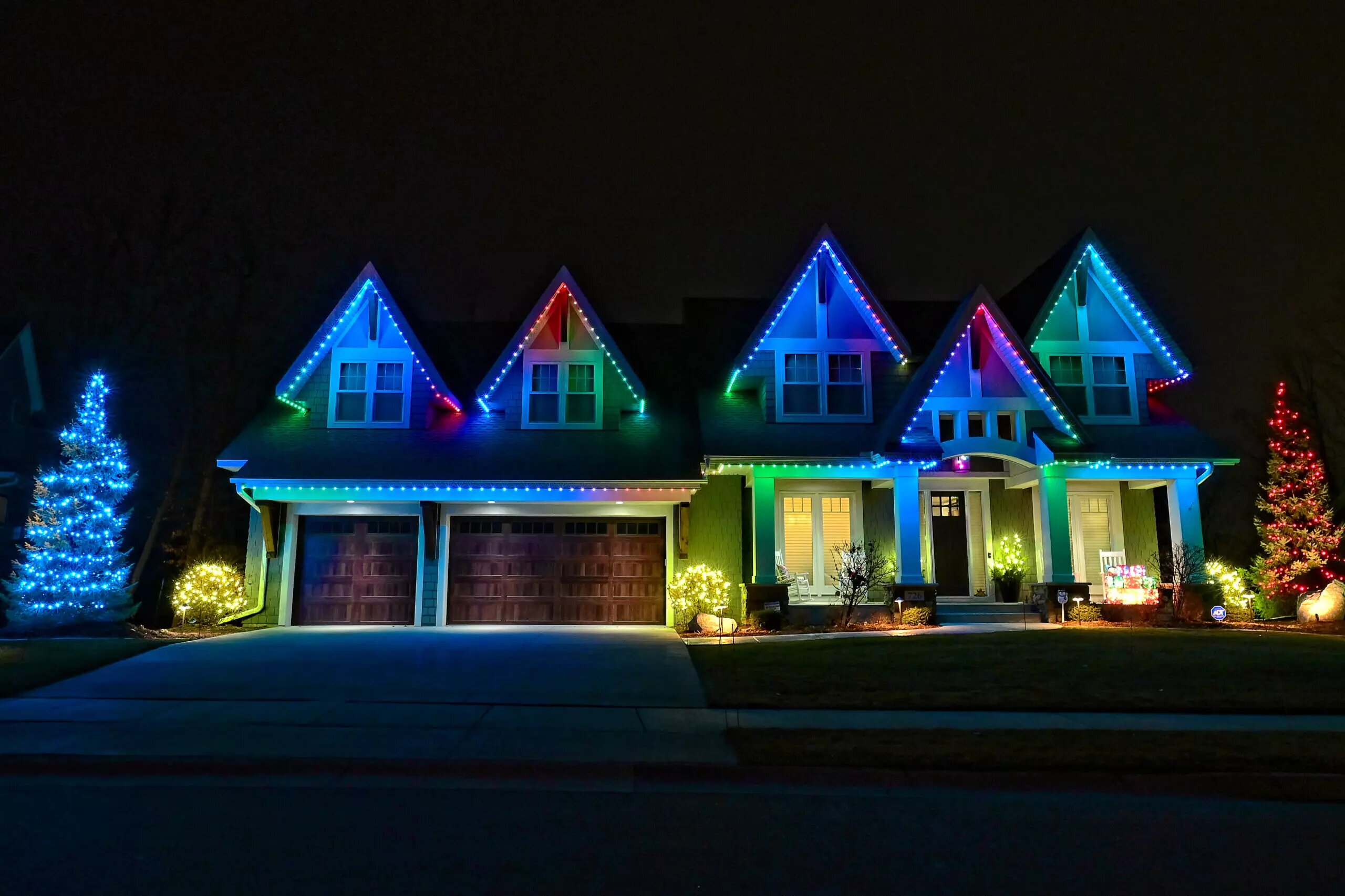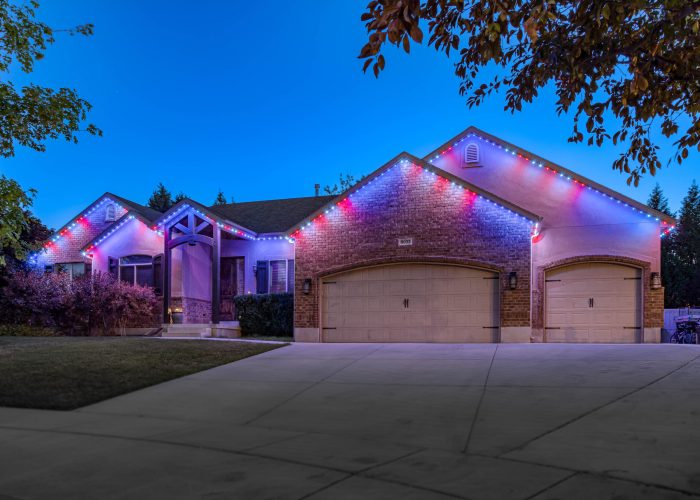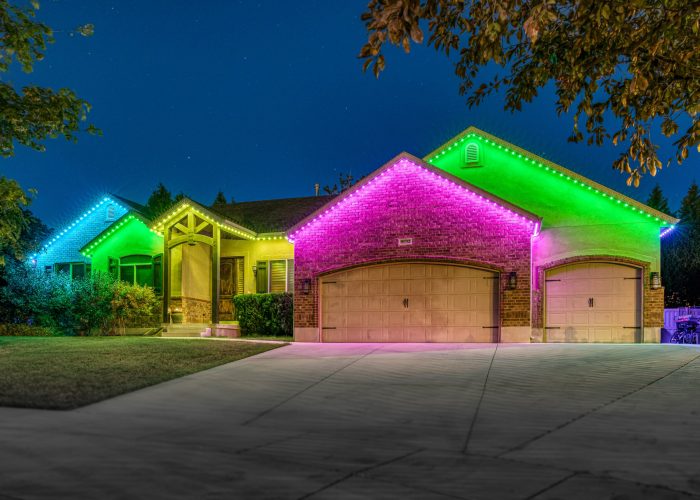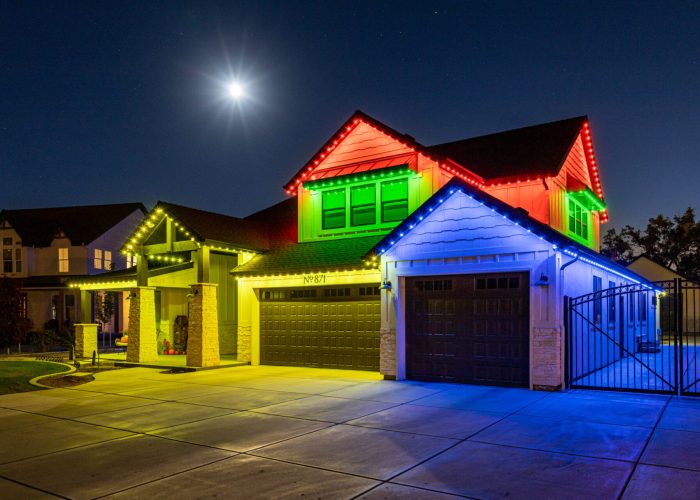Transforming your outdoor space with patio lights can create a magical ambiance that enhances the beauty and functionality of your patio or backyard. However, planning the layout for your patio lights requires careful consideration to ensure optimal illumination, aesthetic appeal, and practicality.
In this comprehensive guide, we’ll explore key factors to consider when planning to install patio lighting Dallas, from assessing your outdoor space to selecting the right lighting fixtures and creating a cohesive design scheme.
Assessing Your Outdoor Space:
Before diving into the planning process, take the time to assess your outdoor space thoroughly. Consider the size, layout, and architectural features of your patio or backyard, as well as any existing landscaping, structures, or furniture. Understanding the layout of your outdoor space will help you determine where to install patio lights and how to maximize their impact.
Identifying Key Areas for Illumination:
Next, identify the key areas of your outdoor space that you want to illuminate with patio lights. Common areas for illumination include seating areas, dining spaces, pathways, entryways, and architectural features such as pergolas, trellises, or water features. By pinpointing these key areas, you can focus your lighting efforts and create a cohesive layout that enhances the functionality and beauty of your outdoor space.
Considering Lighting Needs and Preferences:
When planning your patio lights layout, consider your lighting needs and preferences for each area of your outdoor space. Determine whether you need task lighting for specific activities such as cooking or reading, ambient lighting for creating a cozy atmosphere, or accent lighting for highlighting architectural features or landscaping elements. Understanding your lighting needs will help you select the appropriate types and placements of patio lights.
Choosing the Right Lighting Fixtures:
Selecting the right lighting fixtures is crucial for achieving the desired ambiance and functionality in your outdoor space. Consider factors such as the style, size, and brightness of the fixtures, as well as their compatibility with your outdoor decor and architectural features. Popular options for patio lights include string lights, pathway lights, wall-mounted sconces, lanterns, and LED light fixtures. Choose fixtures that complement your outdoor aesthetic and meet your lighting requirements.
Determining Power Sources and Wiring Needs:
When planning your patio lights layout, consider the power sources and wiring needs for your lighting fixtures. Determine whether you have access to electrical outlets or if you need to rely on alternative power sources such as solar or battery-powered lights. Assess the wiring requirements for each lighting fixture, including the placement of electrical cords, extension cords, or underground wiring, to ensure safe and efficient installation.
Creating a Lighting Plan:
Once you’ve assessed your outdoor space and identified key areas for illumination, it’s time to create a lighting plan. Sketch out a layout of your patio or backyard, marking the locations of each lighting fixture and indicating the desired placement and direction of light. Consider factors such as spacing between fixtures, height, and angle of installation, and potential obstructions or obstacles that may affect light distribution.
Balancing Light Levels and Distribution:
Achieving balanced light levels and distribution is essential for creating a cohesive and harmonious patio lights layout. Aim for uniform illumination throughout your outdoor space, avoiding areas of excessive brightness or shadowy spots. Experiment with different lighting techniques such as layering, zoning, and focal points to create visual interest and depth in your lighting design.
Incorporating Dimmers and Controls:
Enhance the versatility and flexibility of your patio lights layout by incorporating dimmers and lighting controls. Dimmers allow you to adjust the brightness of your lights to suit different activities and moods, while timers and smart controls enable you to automate your lighting schedule and conserve energy. Consider installing dimmers and controls for specific lighting zones or areas of your outdoor space to customize your lighting experience.
Integrating Decorative Elements:
Enhance the aesthetic appeal of your patio lights layout by integrating decorative elements that complement your outdoor decor and personal style. Consider incorporating decorative light fixtures, lanterns, or illuminated sculptures that add visual interest and focal points to your outdoor space. Experiment with different textures, materials, and finishes to create a cohesive and inviting ambiance that reflects your unique personality.
Considering Maintenance and Longevity:
When planning your patio lights layout, consider the maintenance and longevity of your lighting fixtures. Choose high-quality, weather-resistant fixtures made from durable materials such as aluminum, stainless steel, or UV-resistant plastics that can withstand exposure to the elements and maintain their appearance over time. Regularly inspect and clean your patio lights to ensure optimal performance and longevity.
Conclusion:
Designing the perfect patio lights Dallas layout requires careful planning, consideration, and attention to detail. By assessing your outdoor space, identifying key areas for illumination, choosing the right lighting fixtures, and creating a cohesive lighting plan, you can transform your patio or backyard into a beautifully illuminated outdoor oasis that enhances your enjoyment and extends your outdoor living well into the evening.
So, roll up your sleeves, unleash your creativity, and let your patio lights shine bright as you create a magical outdoor space that beckons you to relax, entertain, and enjoy the beauty of your surroundings.




